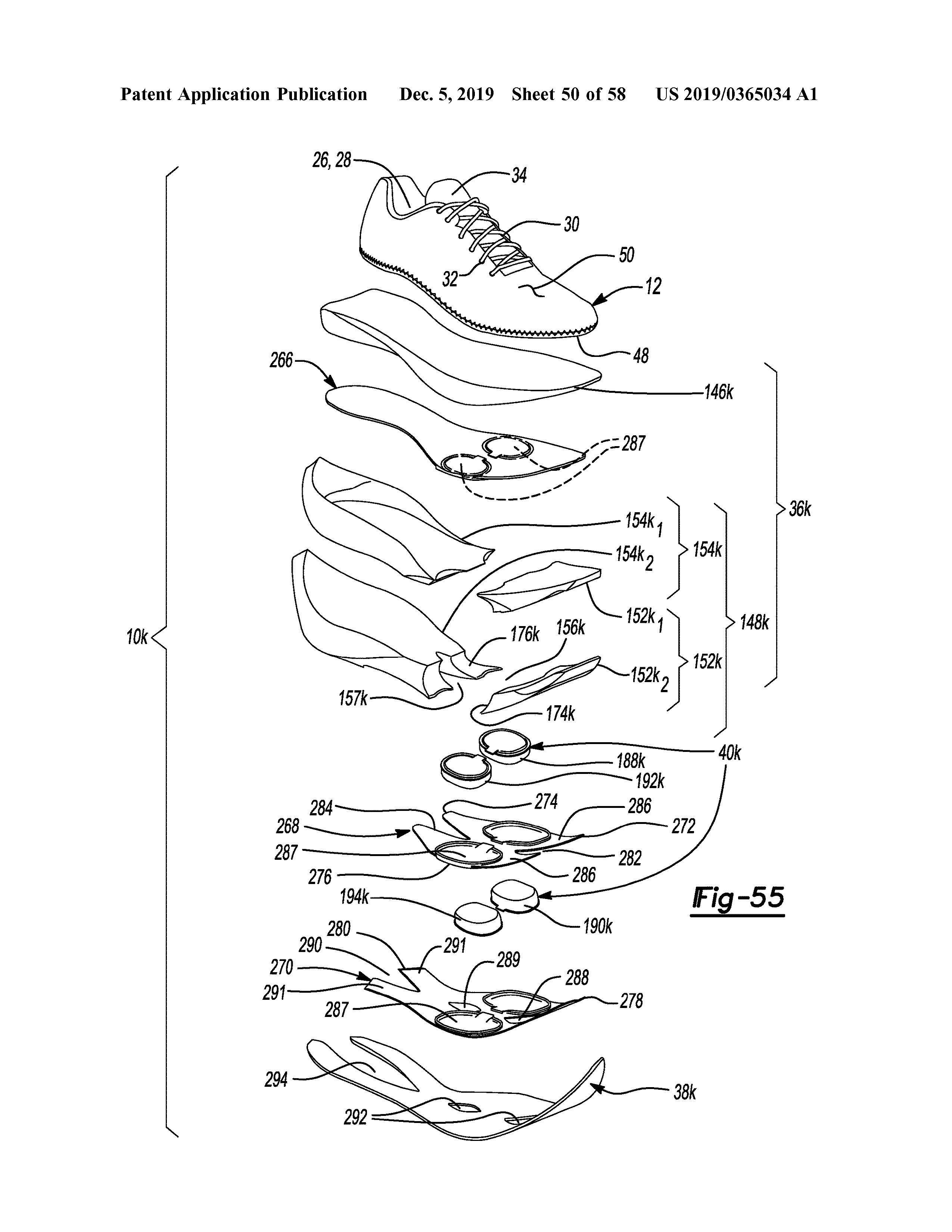Changes to SPCs and Marketing Authorisations in the UK implemented on 1 January 2025
13th January 2025

The Nike Zoom Vaporfly 4% was designed specifically for the 2017 Breaking 2 attempt by Nike. Here three elite runners, including the most decorated marathon runner of all time the Kenyan Olympic medallist Eluid Kipchoge, were given shoes so technically advanced that they could help them do something several thought physically impossible – break the 2 hour barrier for a 26.2 mile (42.2 km) marathon, and Kipchoge almost did it, finishing a 2:00:25 (hh:mm:ss) and wearing the prototype Nike Zoom Vaporfly 4%.
The following year, Kipchoge broke the world record at the 2018 Berlin Marathon, running 2:01:40 and breaking the previous record set in 2014 by Kenya’s Dennis Kimetto by 1 minute and 18 seconds.
The Nike Zoom Vaporfly 4% has two novel components. One is a super-thick cushioned midsole made of Nike’s ZoomX foam. The foam is exceptionally light, allowing the heels to be 31 mm high at the heel without being heavier. It’s also compliant to touch and responsive to impact.
The second novel component is a curved carbon fibre plate embedded within the midsole. This is where a lot of the controversy comes in, the carbon plate provides a propulsive sensation allowing you to run faster and maintain that pace.
The successor to these shoes, the Nike Vaporfly Next% (which comprise 15% more ZoomX foam) allowed Brigid Kosgei of Kenya, to finish the 2019 Chicago Marathon with a world record time of 2:14:04, again shattering the long standing record of 2:15:25 set by Paula Radcliffe in the 2003 London Marathon.
That same weekend, on 12 October 2019, in Vienna’s Prater park, Eliud Kipchoge ran 1:59:40 for the marathon distance. In this race Kipchoge’s average speed was 13.16 mph/21.18 kph. For comparison, this is generally faster than the maximum output speed a generic treadmill can produce.
This time, as opposed to 2017, Kipchoge was wearing a prototype of the Alphafly Next%. Building on the design of Nike’s ZoomX Vaporfly Next%, these shoes comprise a super-light, thickly cushioned shoe with a 39.5 mm drop, having three carbon-fibre plates in the sole, and two layers of “Zoom Air cushioning pods” which are fluid filled chambers or foam blocks under the ball of the foot.
Each of these integral aspects of the shoe can be seen in US Patent Application No. 16/543,825.
The front of the shoe is a sandwich of three carbon-fibre plates and foam, and there are two pairs of fluid filled chambers or a foam block beneath the ball of the foot and either side of the middle, carbon-fibre plate. The top plate, extends the full length of the shoe, the middle plate, extends to the rear of the midsole, and the bottom plate extends to beneath the ball of the foot in order to hold the fluid filled chambers or foam blocks in place.
The sole comprises four independent fluid filled chambers or foam blocks (188k, 190k, 192k, 194k below), and a midsole (36k) formed from a continuous upper portion (146k) and a segmented lower portion (148k). A void in the foam beneath the ball of the foot provides space for the fluid or foam filled chambers.

The forefoot section includes notches (282, 284) in the second and third carbon plates (268, 270). These notches create pairs of tabs (286) which allow the carbon plate to flex and twist, and sockets (287) in the second and third carbon plates (268, 270) to receive the fluid filled chambers or foam blocks (188k, 190k, 192k, 194k).
The Alphafly shoes, which are available to the public, comprise all these elements bar only containing one carbon plate as opposed to three.
In April 2020 World Athletics announced that Kipchoge’s Alphafly Next% prototype shoe, which has three carbon-fibre plates, will be banned from competition. The tighter regulations, which were in anticipation of the Toyko Olympics 2020, state that any shoe must have been available for purchase commercially by any athlete for a period of four months before it can be used in competition (i.e. no prototype shoes that are unavailable for the public to buy), contain only one “rigid embedded plate or blade” and the sole must be less than 40 mm thick.
As such, World Athletics have deemed Nike’s innovative shoe designs (the commercial Alphafly and the Vaporfly Next%) legal and in compliance with Rule 144.2, which outlaws “any technical device that incorporates springs.”
Both Kipchoge and Kosgei are scheduled to race the elite-only London Marathon on the 4 October 2020 in a bio-secure bubble so, although we were deprived of any Olympic records in 2020, undoubtedly these athletes will deliver some impressively fast times in these shoes.